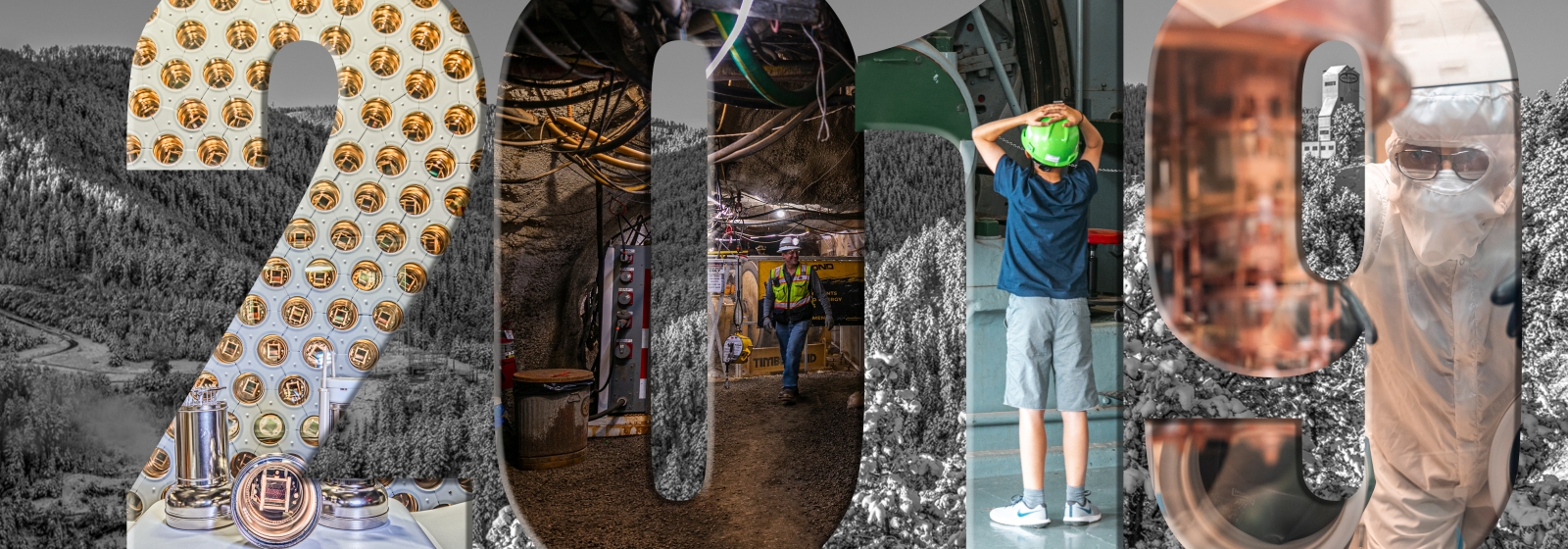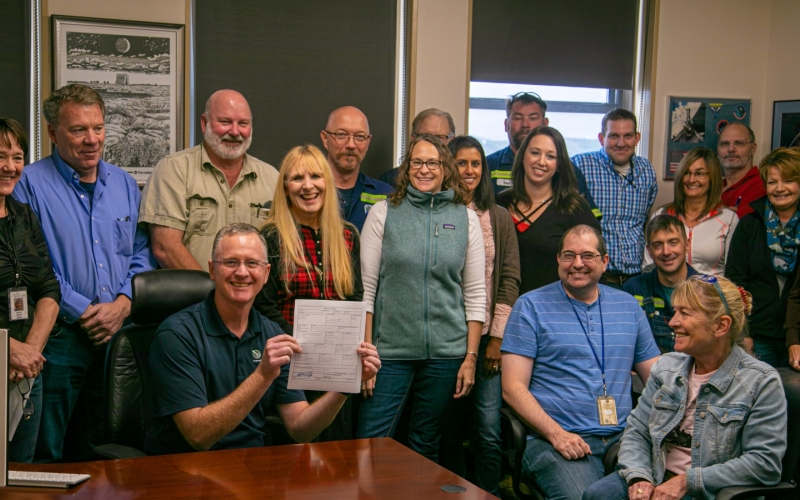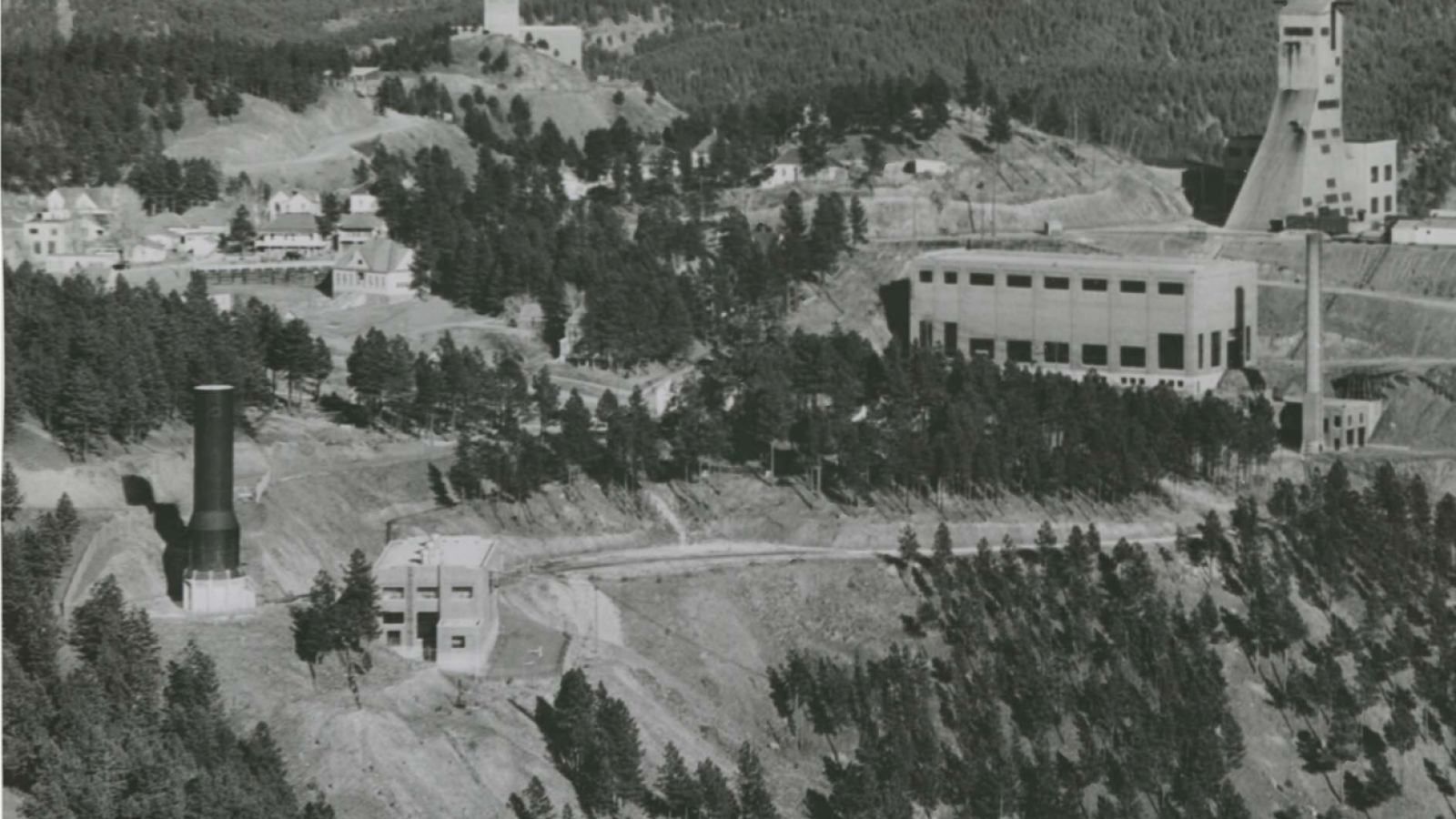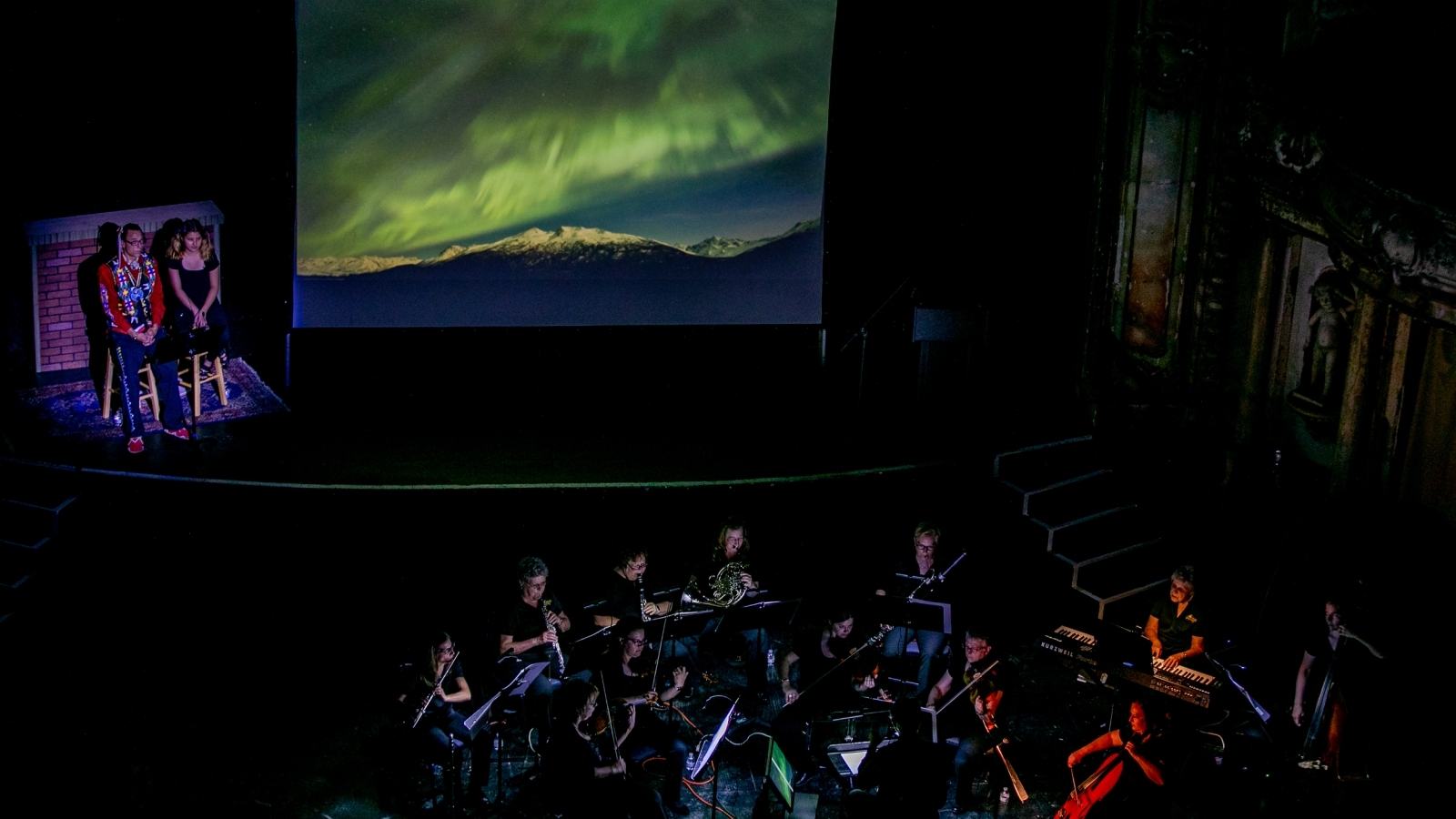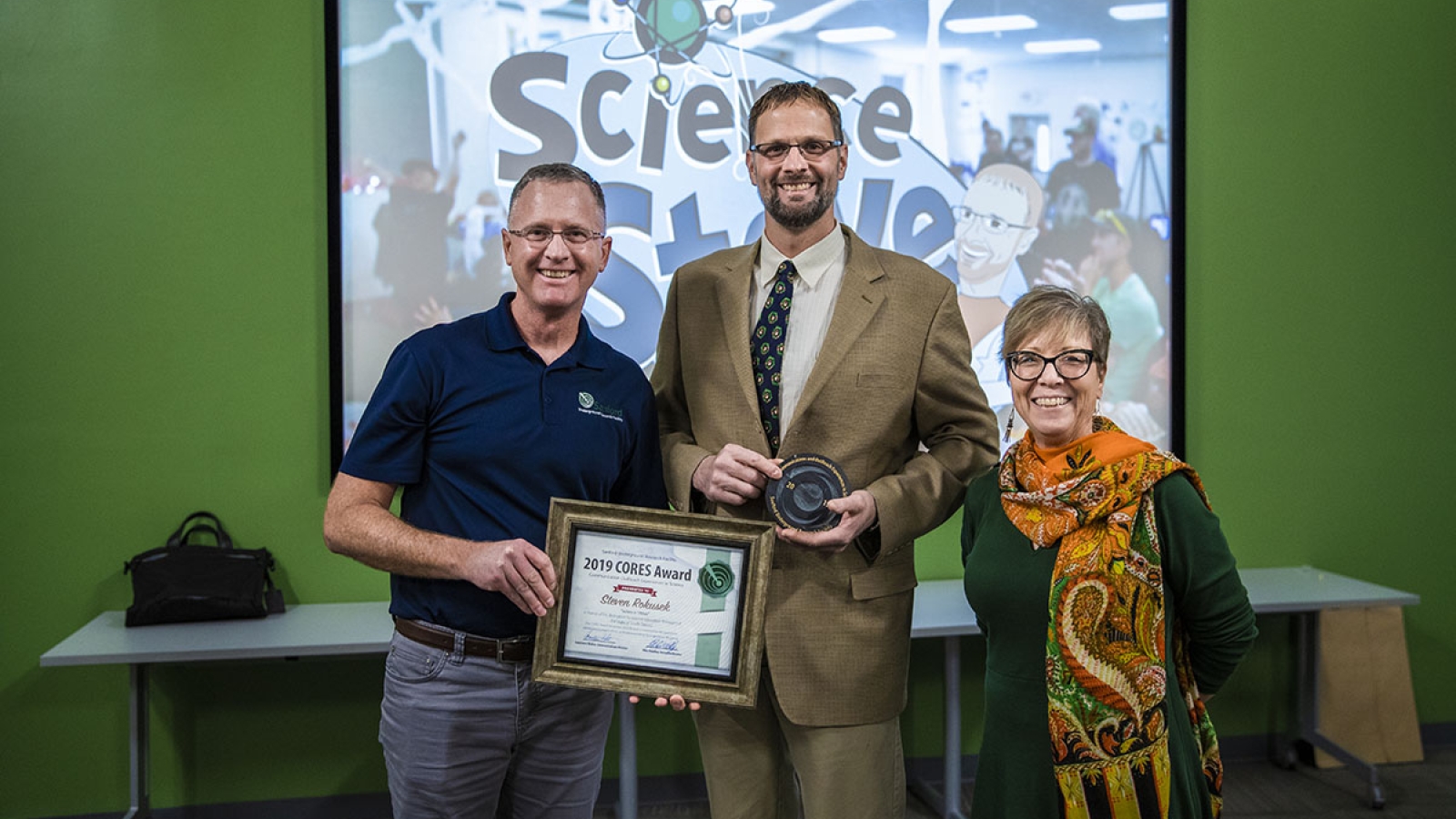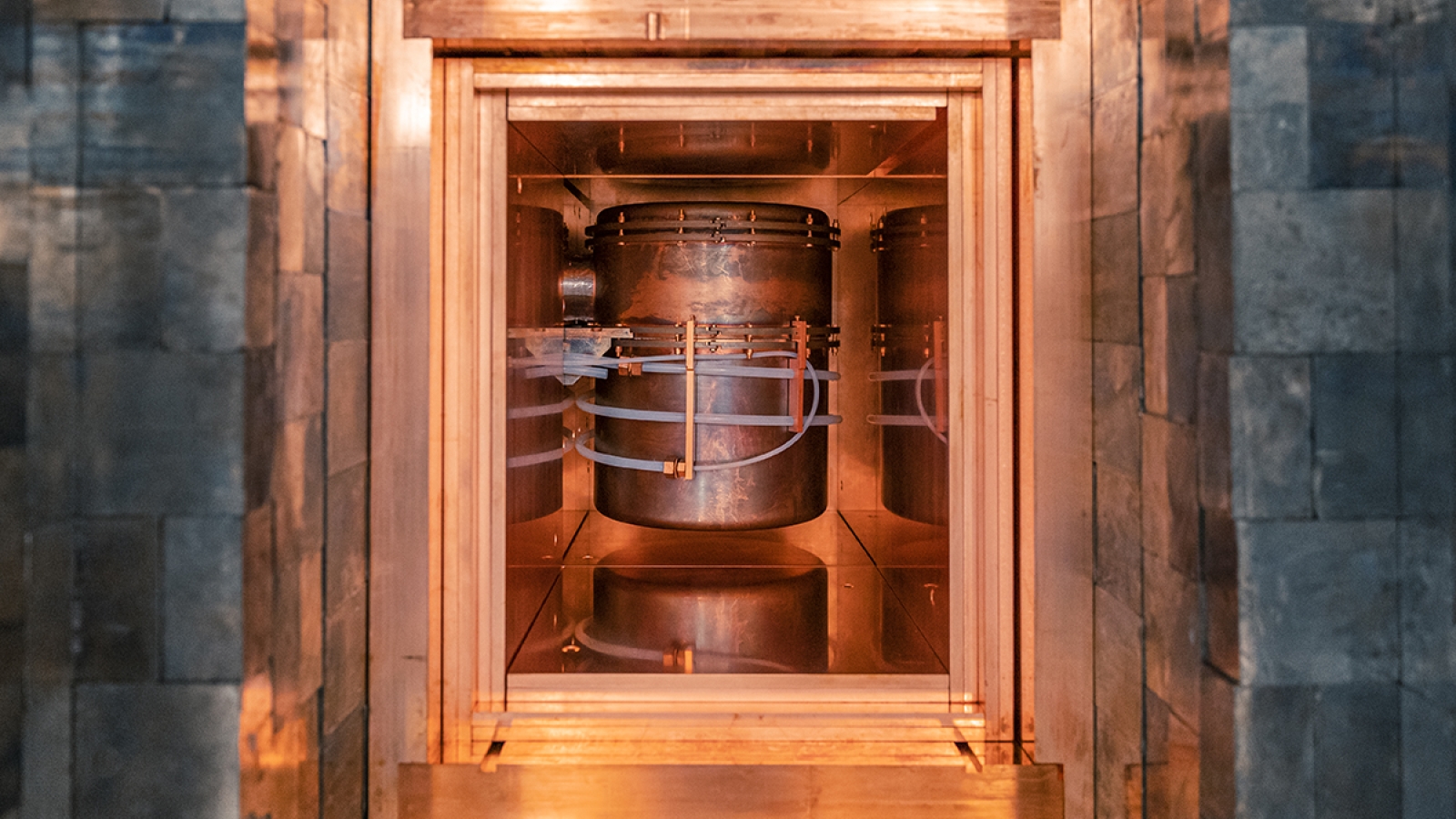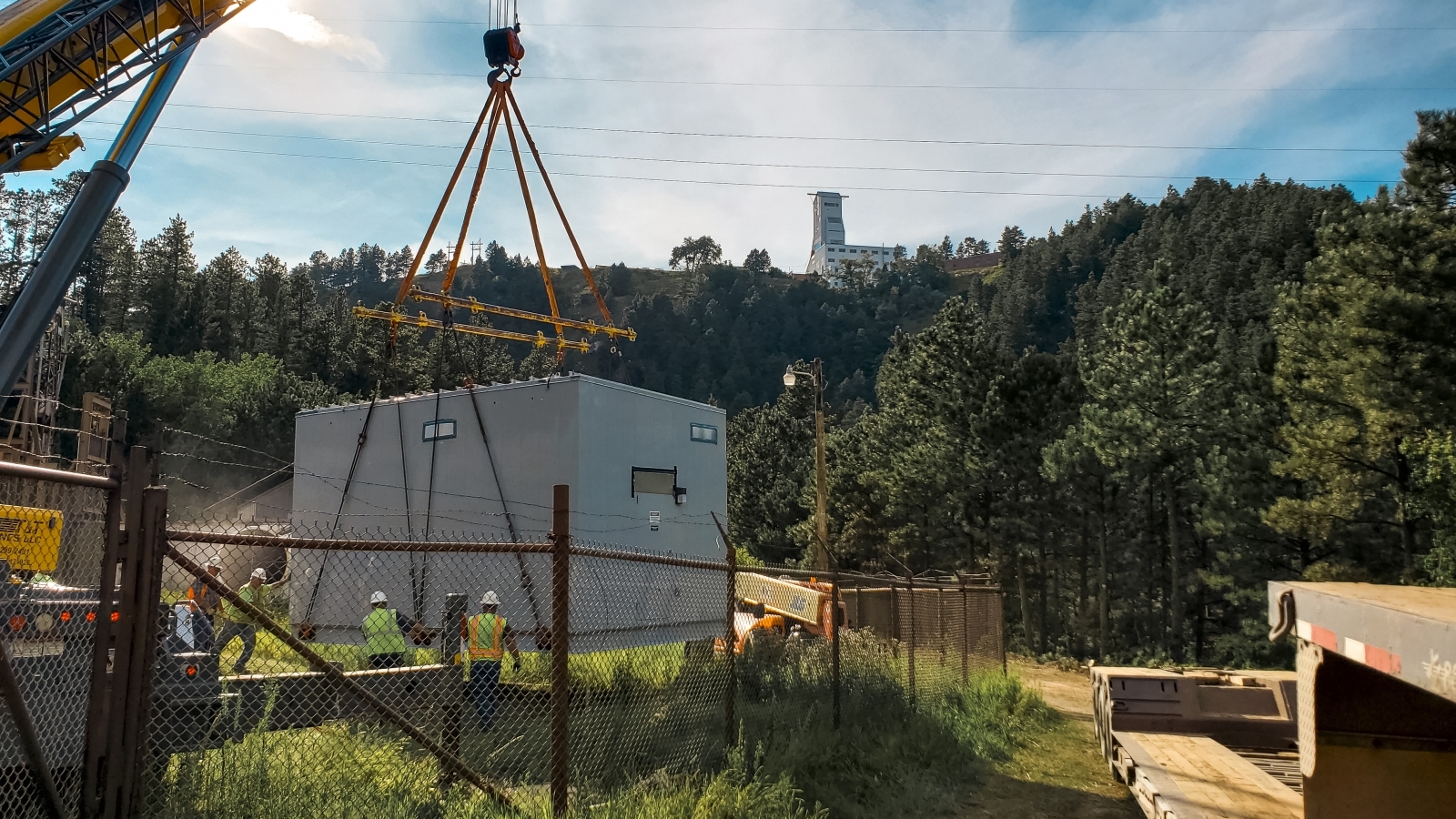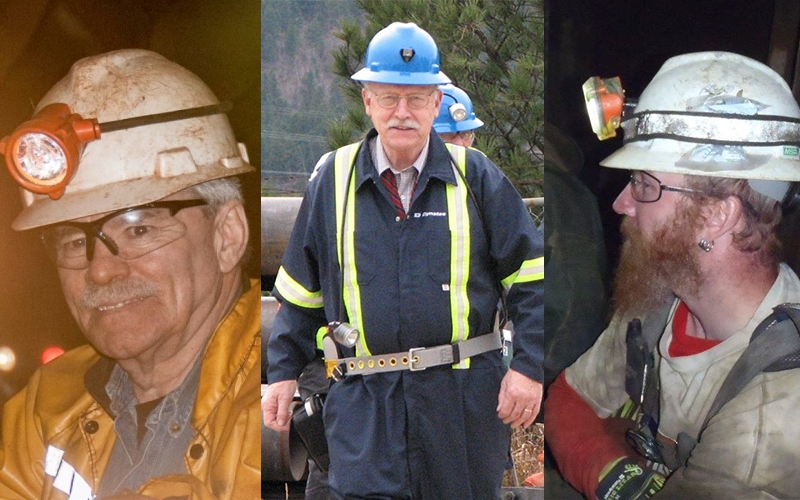As 2019 draws to a close, we remember the highlights that made this year remarkable. From advancing science and outreach to growing our workforce and infrastructure—this was an "amazing year of progress" at the Sanford Underground Research Facility.
“We have new experiments installing deep underground to begin operation in 2020, facility construction of the largest science experiment ever attempted on US soil well underway, and the SDSTA now has a new direct relationship with the Department of Energy’s Office of Science through a Cooperative Agreement for Sanford Lab operations. I’m grateful for the dedication and hard work of our board of directors and staff and the strong partnerships we have with DOE, partner laboratories and science researchers.”
— Mike Headley, executive director, SURF
Watch our compilation of this year's highlights:
In 2019, Sanford Lab increased its full time workforce by 30 percent.
With facility upgrades, Sanford Lab increased its maximum underground capacity from 72 to 144.
Through engaging curriculum units, in-school presentations, field trips and more, the Education and Outreach team reached 13,692 students in the region this year.
The Education and Outreach team worked with 476 South Dakota educators through professional development programs in 2019.
In October, the Sanford Lab community raised $2,813 for the Foundation for Health to assist local breast cancer patients.
In December, the Sanford Lab community donated 262 pounds of food to the Lord's Cupboard in Lead and Feeding South Dakota in Rapid City.
Staff and partners make us successful
"Credit for this very successful year goes first to our staff," Headley said. "Their commitment to our mission ensures that scientists and other partners can do their work safely and efficiently every day. We also are grateful to our partners, including the various science collaborations at Sanford Lab; Fermilab, which has oversight responsibilities for our operations activities for the Department of Energy and is the lead DOE laboratory for the Long-Baseline Neutrino Facility and Deep Underground Neutrino Experiment (LBNF/DUNE) project; and Lawrence Berkeley National Laboratory. Finally, we so appreciate the continuing support we receive from the State of South Dakota and the SDSTA Board of Directors."
Looking ahead to 2020…
- In 2019, the South Dakota Science and Technology Authority created the Sanford Underground Research Facility Foundation to build organizational capacity in support of Sanford Lab’s educational and scientific mission. In 2020, the Foundation will begin its important work.
- For several years, the Education and Outreach team at Sanford Lab has led professional development for teachers. In 2020 their successful program will serve as a statewide model in science education and workforce development through the 2019 NSF EPSCoR grant.
- In 2019, Sanford Lab began an Artist-in-Residence program with Gina Gibson. A professor of digital communication at Black Hills State University and a multimedia artist, Gibson will combine mediums to create a unique body of work based on the research and other activities taking place at Sanford Lab and will culminate in a public exhibition during Sanford Lab’s 2020 Neutrino Day event. Sanford Lab will select a new artist for the program in 2020.
